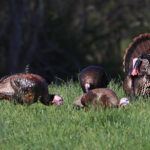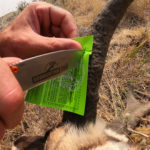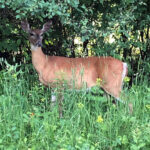Few things are as frustrating for the spring turkey hunter as a hard-headed, stubborn gobbler hanging up out of range. You can call ’til your blue in the face, but they just won’t come any closer. So, what’s the deal?
There are plenty of reasons turkeys don’t make it into bow range. Some are in a hunter’s control, while others aren’t. Below, we’ll cover some of these, and explain what hunters can do about them (if anything).
Here’s a closer look at why stubborn gobblers won’t come any closer.
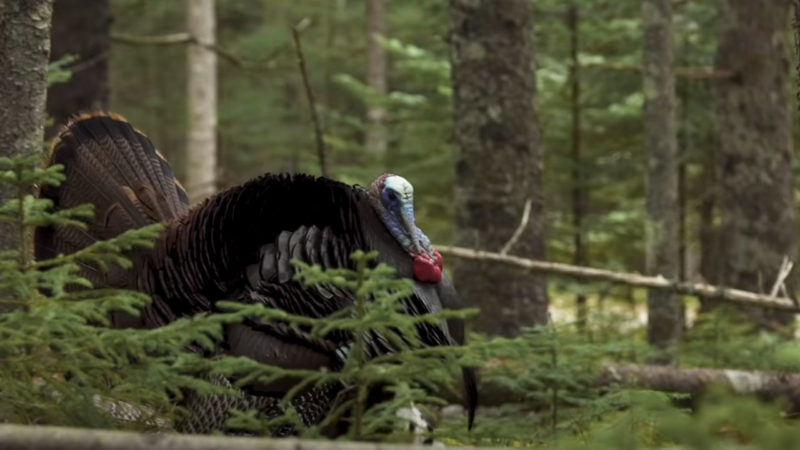
He Has a Lady (or Ladies)
The No. 1 reason why birds don’t come the distance is because they already have what they are looking for. They already have a hen, pick up one while on its way to you, or a hen goes to it before it reaches your setup. All three of these are extremely common, especially early in the season.
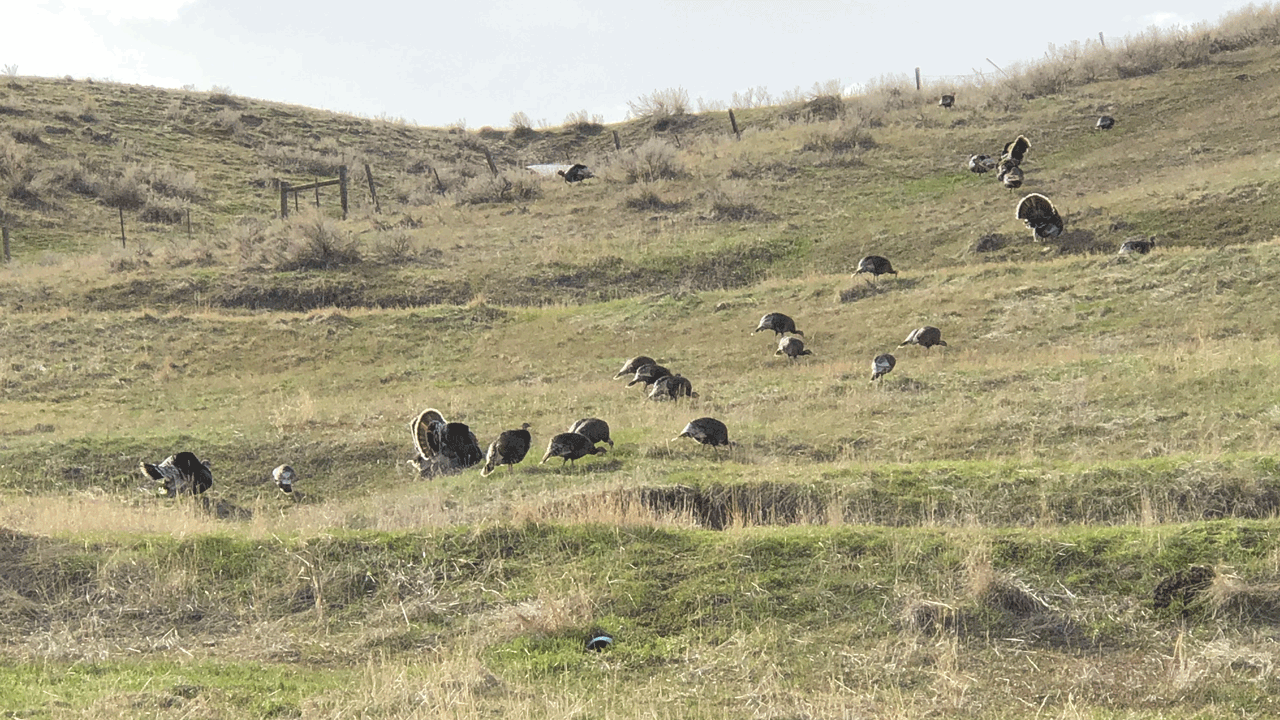
The Terrain Halted His Approach
Wild turkeys are finicky. They’re moody. And sometimes, they just don’t make any sense. Hunters can bank on at least one thing, though, and that’s how large of an impact terrain has on turkey behavior. Rivers, creeks, drainages, fences, downed logs, and even a leaf laying the wrong way can stop a tom in its tracks.
A Predator Played the Go Between
Coyotes, bobcats and other animals can certainly get in the way, too. The wild turkey is a prey species, and in spring, they get killed by more than just hunters. Sometimes, a vocal tom draws the attention of sharp-toothed critter. Even a tom merely seeing a predator can end a hunt.
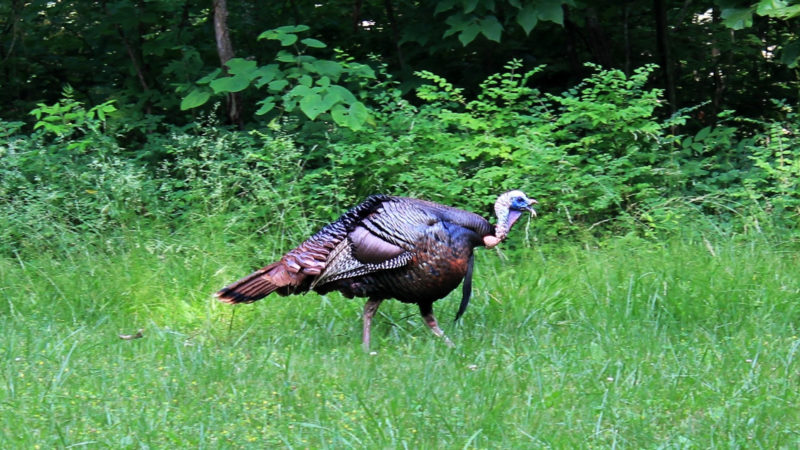
He’s Not in the Mood
A turkey’s mood can change with the wind. They can be hot one minute and cold the next. It’s just the way it is. So, don’t take it personal when a loud-mouthed longbeard suddenly ghosts you. It happens to the best of us.
He’s Been Pressured
Turkeys have pretty small brains, but they catch on fairly quick. Birds that have been pressured are more apt to halt the march, especially if something seems out of place to them. Usually, when this happens, they see or hear something they don’t like.
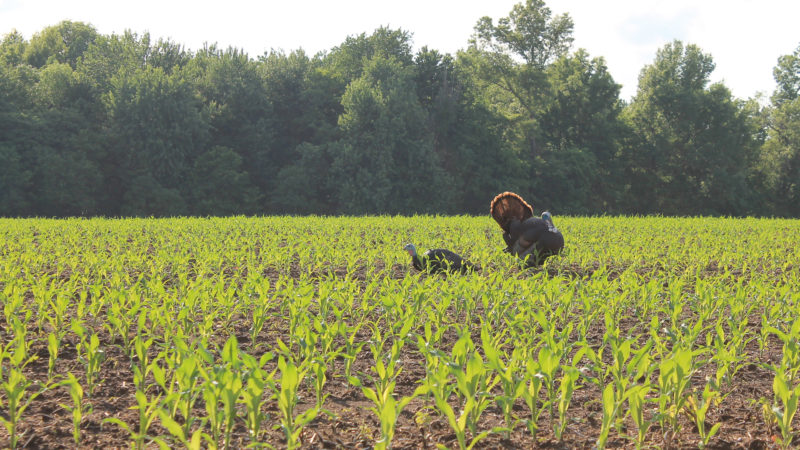
He Lost Interest
Some toms want to chase hens, and others like to be chased. As a turkey hunter, you have to figure out what turns that bird’s crank. If you find something that works, stick with it. Never abandon a call, vocalization or tactic that seems to be working. That’s how gobblers lose interest.
He Didn’t See a Hen
Every turkey is different. One might charge into your calling without seeing a hen (or decoy). Another might hang up because it expects to see one and doesn’t. There are pros and cons to using decoys, but this is one potential bad outcome from not deploying one.
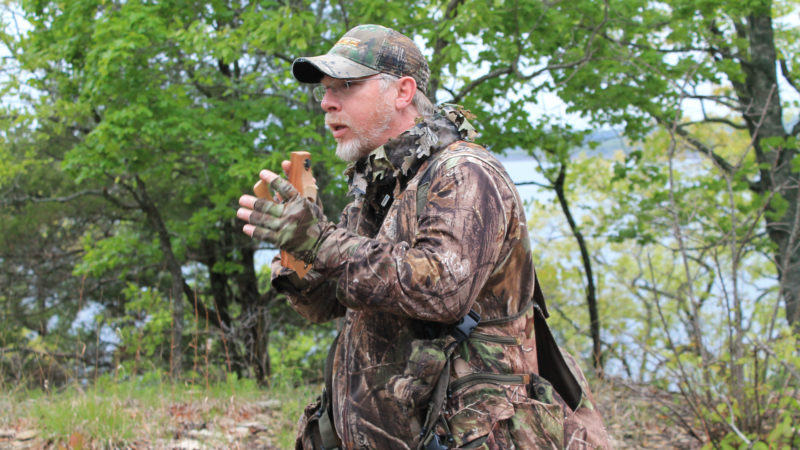
Your Calling Sucked
No two hens sound exactly alike. Each of their voices are slightly different. But there is a common denominator between all turkeys — cadence. If your calling doesn’t meet those standards, it might not lure in the bird. It’s also important to know what you’re saying to that turkey. Different vocalizations have different meanings. Understand that, and use them appropriately and timely.
Your Decoy Setup Failed
Using decoys just for the sake of using decoys isn’t advisable. Correlating the type of decoy used to the phase of the breeding cycle, behavior of local birds, and other factors is important. It’s also crucial to know how to position them for maximum effect and success.
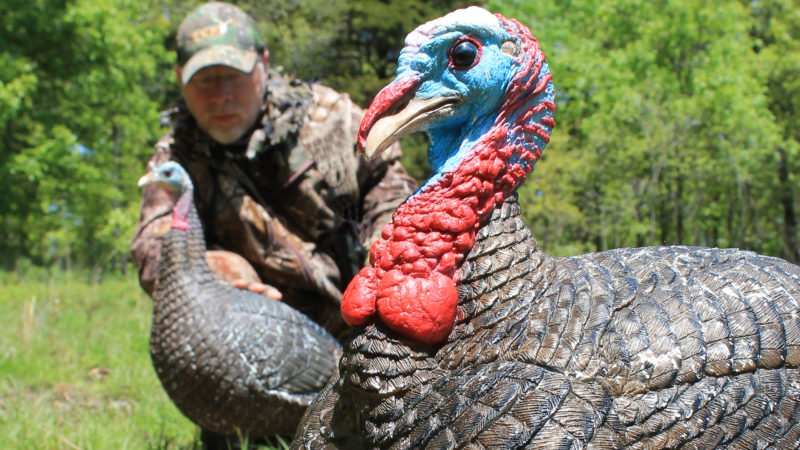
You Missed the Mark
Choosing where to sit your behind is as important as almost any other factor in turkey hunting. Simply which side of a tree you put your back against can make all of the difference, let alone deciding to sit in one location vs. another spot that might be a few yards (or more) away.
You Moved Too Much
One of the most common reasons turkeys hang up is because they see a hunter move. That can make or break a turkey hunt, and is a prime example of why it’s so important to get comfortable, and in a ready position, before turkeys come into view. Having every part of your body in place and ready prior to the moment of truth will reduce unnecessary movement as that big gobbler closes the gap.
What about you? What are the common mistakes you make each season?
Comment below and let us know.

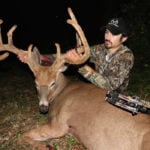 By
By 